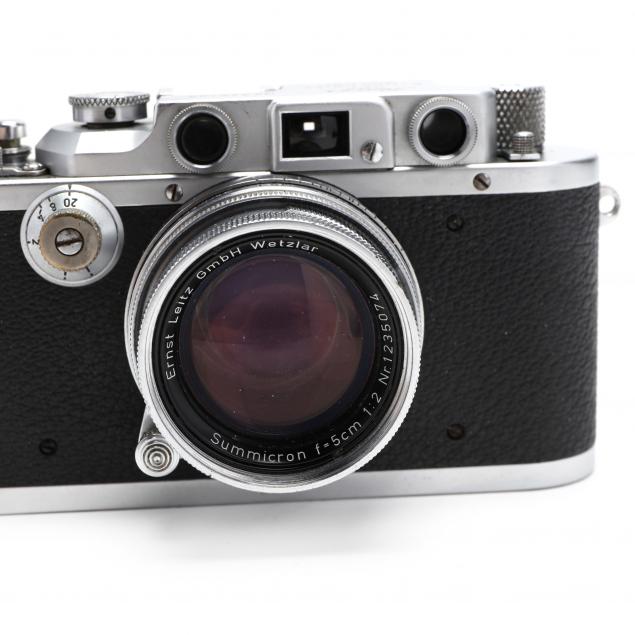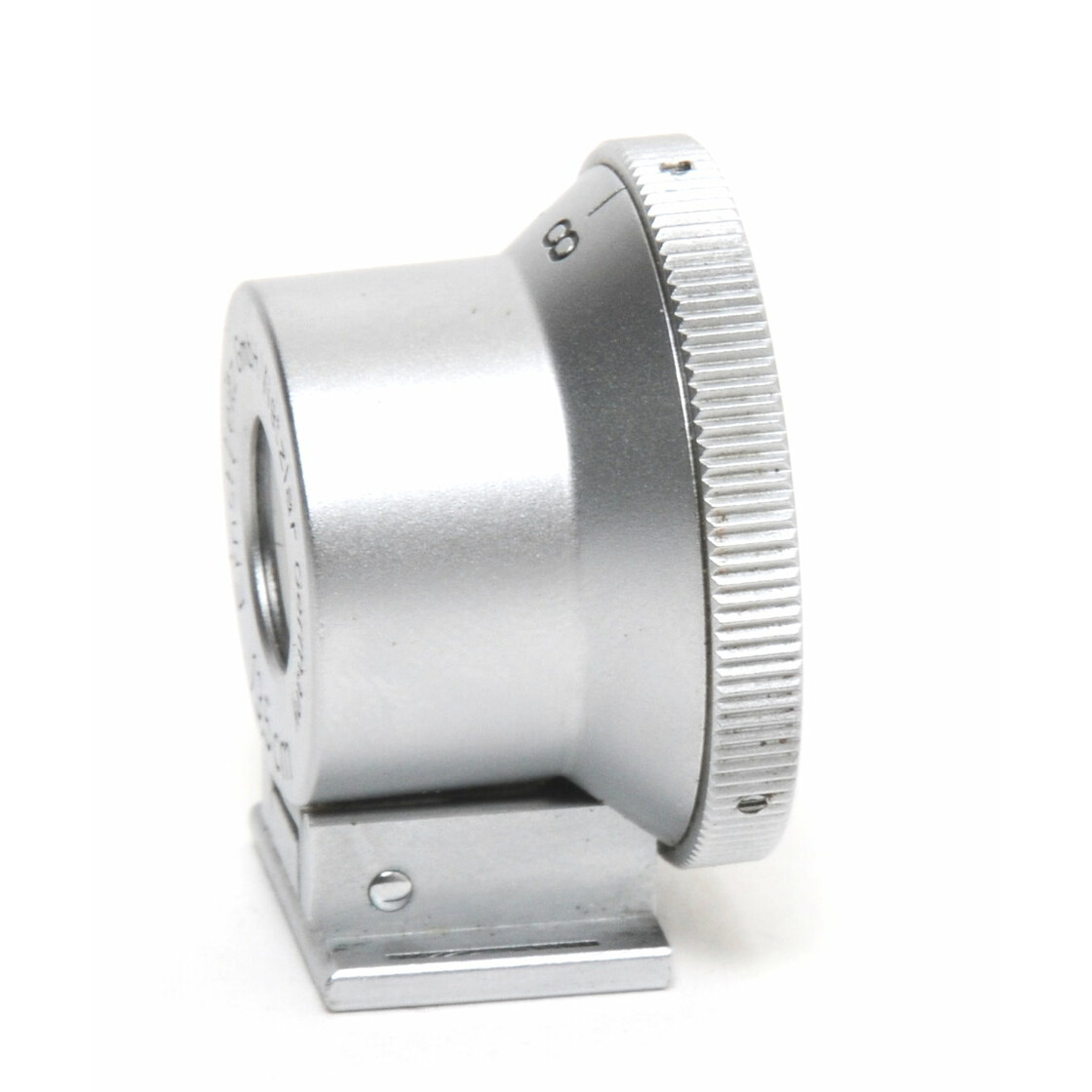


Walter Mandler accomplished the amazing optical feat of taking the Summicron-M 50 mm f/2 Double Gauss formula without any aspherical or floating elements whatsoever to the scientific boundaries of the physically possible (the margin for improving the optical performance of this non aspherical scheme is exceedingly small, as proved by Peter Karbe in thorough research made by him between 19 which proved that going beyond Mandler´s " Uber die Berechnung einfacher Gauss-Objektive " 1979 Doctoral Dissertation at Giessen University was virtually an exhausted way, since the driving force of Ernst Leitz Midland, Ontario, Canada had drawn most of its potential to practical effects, with a continuous sagittal red line of contrast for 10 lp/mm geting a value of 92% in the center, 72% in the borders and 54 % in the corners, along with a tangential discontinuous red line with a value of 92% in the center, 86% in the borders and 80% in the corners, in addition to having achieved simultaneous stellar values of contrast (superior in this regard to the Summicron-M 50 mm f/2 Version 3 from 1969) and resolution (similar to the Summicron DR Type 2 from 1956). Featuring 6 elements in 4 groups and 8 blades, it was designed by Walter Mandler at the Ernst Leitz Canada factory in Midland, Ontario, managing to reduce the weight (195 g) in comparison to the 6 elements in 4 groups and 10 blades 3rd version (200 g), beating the resolution of the Summicron Rigid 50 mm f/2 (1956-1968) and simultaneously improving the contrast a great deal, doing it without any aspherical or floating elements, reducing the manufacturing cost by means of the use of flint glass in the first bigger element in addition to other elements inside the objective in synergy with the last two elements made of top class high index lanthanum glasses, keeping the doublets cemented (taking advantage of the mechanical design advantage that their mounting means), applying common radii all over the lens to foster the use of a very low figure of grinding and polishing manufacturing tools to a limit of four, and stretching the classic Double Gauss scheme to its feasible scientific and physical boundaries, according to the parameters set forth in his mythical dissertation Über die Berechnung einfacher Gauss-Objective at Giessen University (Germany) in 1979.īoth the Leitz Elmar 5 cm f/3.5 and the Leitz Focotar 50 mm f/4.5 (enlarging lenses that can be used with the Focomat Ic, in addition to the Focotar 40 mm f/2.8 originally created for the Leica Focomat V35 enlarger, Schneider Componon-S 50 mm f/2.8, EL-Nikkor 50 mm f/2.8 and others) get superb image quality in synergy with the stalwartness and precision of the overall mechanism, the simplicity, elegance and smoothness of the whole device, the top-of-the-line Leitz condenser and the impressive quality of light source (being born in a large domed housing half of which has a matt semi-silvered inner area and is directed onto the negative via the single focusing condenser, which simultaneously acts as a pressure plate) resulting in a praiseworthy balance between very enhanced sharpness and tonality (though dust specks, scratches and negative defects will have to be more painstakingly removed than with diffuser enlargers) which has been of invaluable help for many of the best printers in the world (having also been extensively used by world-class photographers like Jane Evelyn Atwood), specially in the black and white sphere.


 0 kommentar(er)
0 kommentar(er)
